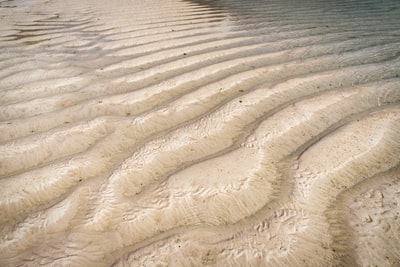As we have seen with flood prevention, with coastal erosion there is disagreement about whether ‘hard’ or ‘soft’ engineering should take priority. Some forms of hard engineering include the construction of seas walls, groynes (rigid walls that extend out into the sea to prevent beaches being washed away by longshore drift) and rock armour. All of these options only work so long as the sea levels don’t rise too high or become too stormy. They are also extremely expensive and can have a negative impact on the local environment. They look unsightly and can dissipate beaches.
Soft engineering options in coastal management
These include beach nourishment, dune regeneration and marsh creation.
Beach nourishment: as areas of the beach are lost to erosion they are replaced by sand and pebbles from elsewhere. This may seem like the best option but the effects are temporary. Take into account the cost of transporting materials over long distances & the environmental damage is considerable.
Dune regeneration: sand dunes are by definition extremely unstable and vulnerable to erosion, but by planting plants like marram they can be stabilised, and afforestation and the construction of promenades can also help this process.
Marsh creation: sometimes areas close to the sea are deliberately flooded to encourage salt marsh habitats which encourage wildlife (principally birds) and also act as a natural defence.
Occasionally the decision is taken that neither hard nor soft engineering options are sufficient and instead there is a managed retreat. Buildings are dismantled and reassembled behind new defences further inland and the ocean is left to inundate the old defences.


